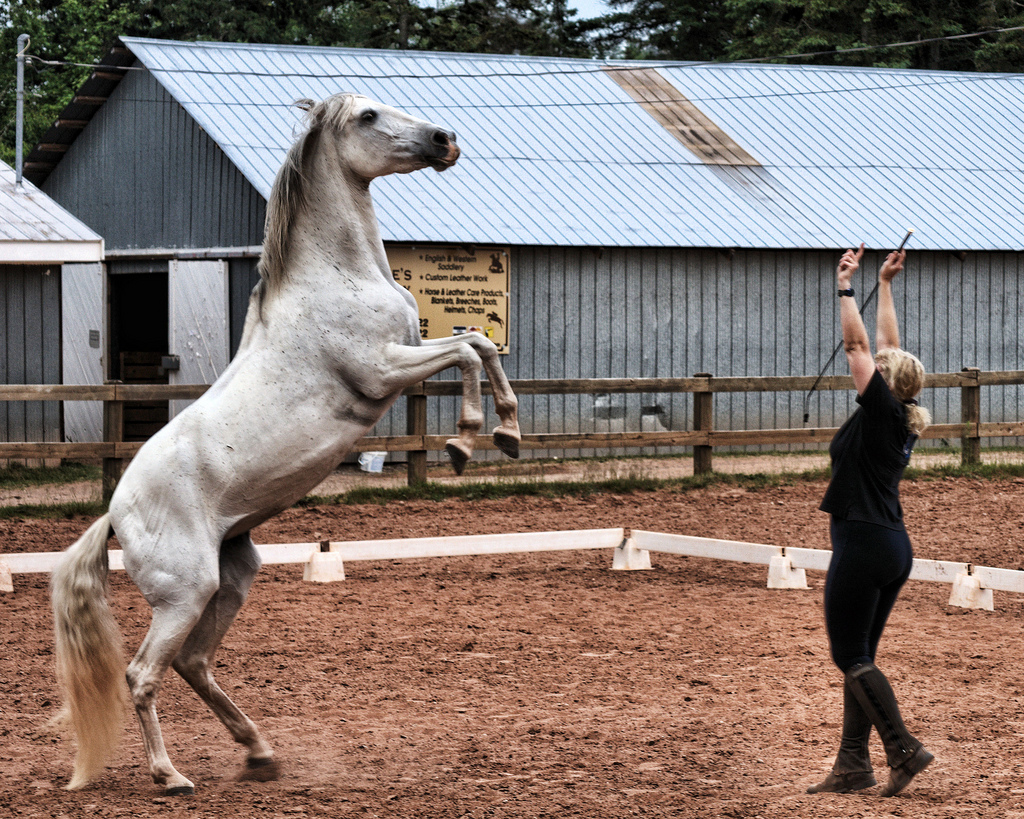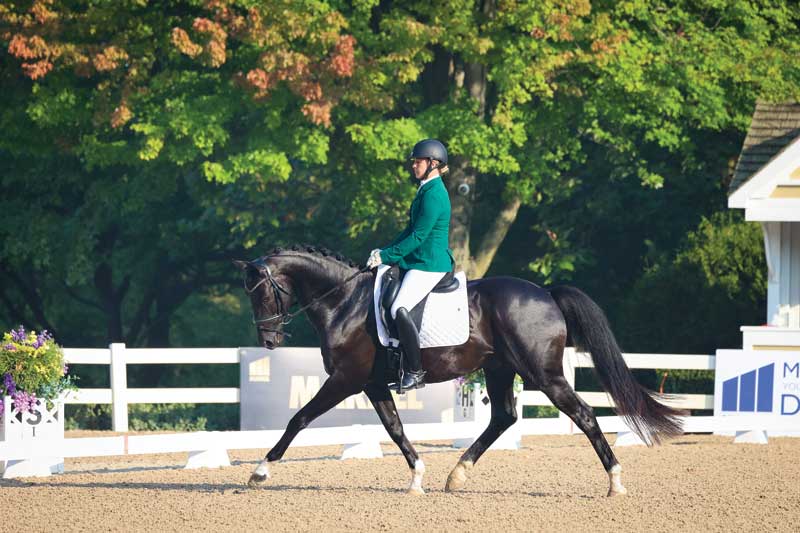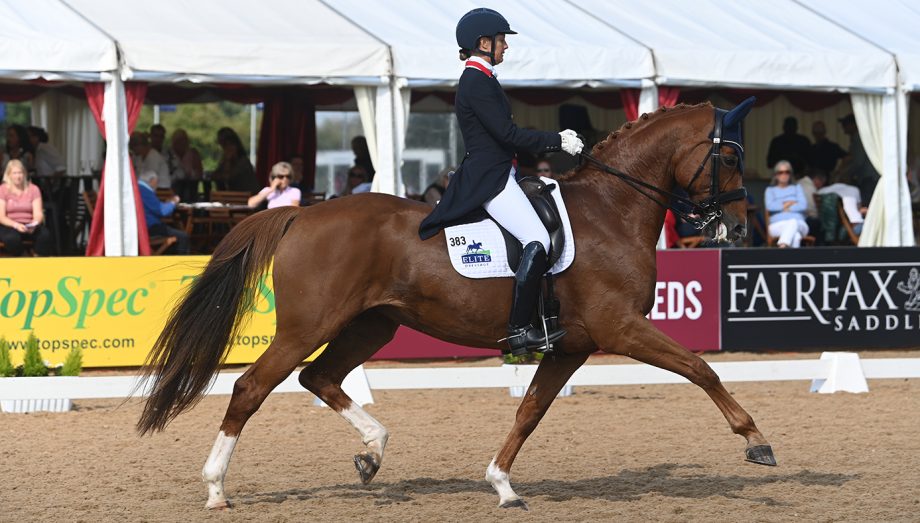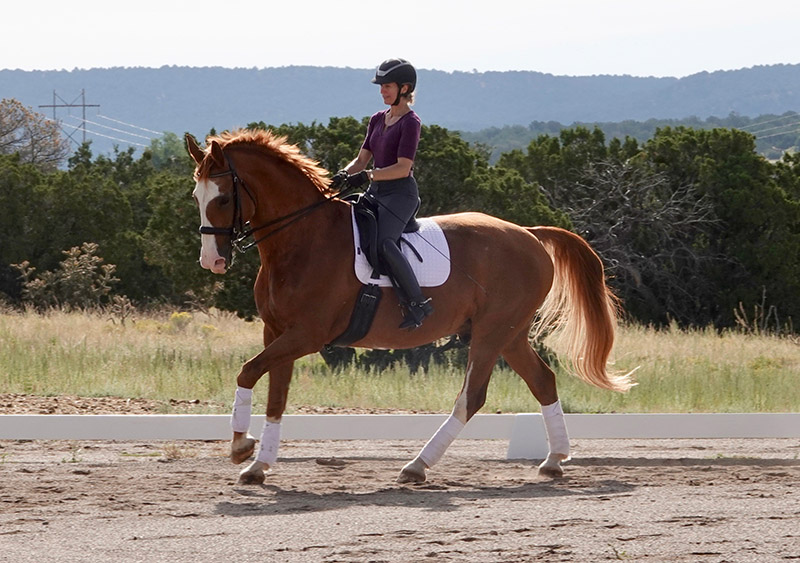When it comes to the thrilling world of barrel racing, effective horse training is paramount. Whether you’re a seasoned equestrian or a beginner, understanding the intricacies of barrel racing horse training can make all the difference. This engaging and informative guide delves into the art and science of preparing your horse for the excitement of barrel racing.

Why Barrel Racing?
Barrel racing is not just a sport; it’s an exhilarating test of speed, agility, and partnership between rider and horse. This event requires a well-trained horse that can navigate the cloverleaf pattern around barrels with precision and speed. The thrill of competition, coupled with the bond you form with your horse, makes barrel racing a favorite among equine enthusiasts.
Understanding the Basics of Barrel Racing Horse Training
Before diving into advanced techniques, it’s essential to grasp the fundamentals of barrel racing horse training. This includes familiarizing your horse with the barrel pattern, ensuring they are comfortable and confident in their movements, and gradually increasing their speed and agility.
Key Components of Barrel Racing Training
- Pattern Recognition: Horses must learn the cloverleaf pattern and be able to execute it smoothly.
- Speed and Agility: Developing the horse’s ability to quickly accelerate and decelerate is crucial.
- Rider Communication: Establishing clear communication cues between horse and rider is vital for success.
Essential Training Techniques
Implementing effective training techniques can significantly enhance your barrel racing performance. Here are some strategies to consider:
1. Start with Groundwork
Groundwork lays the foundation for a successful barrel racing career. By teaching your horse basic commands and ensuring they respond well to your cues, you set the stage for more advanced training. For tips on groundwork, visit horse discipline training.
2. Focus on Flexibility
Flexibility is key in barrel racing. Exercises that promote bending and turning can improve your horse’s ability to navigate the barrel pattern with ease. Incorporate lateral movements and circle work into your training routine.
3. Develop Speed and Control
Speed without control is futile in barrel racing. Practice speed drills while maintaining control to ensure your horse can handle tight turns at high speeds. For more on maintaining control, see stubborn horses.
4. Familiarize with Barrels
Introduce your horse to the barrels gradually. Allow them to explore and become comfortable with the setup before attempting full-speed runs. This familiarity reduces anxiety and builds confidence.
Advanced Training Tips
Once the basics are mastered, it’s time to move on to advanced barrel racing horse training techniques to refine your performance further.
1. Fine-Tune Communication
Clear communication is vital. Use consistent voice commands and body language to guide your horse through the pattern. For guidance on this, check out voice command training.
2. Analyze and Adjust
Regularly assess your training sessions. Identify areas for improvement and adjust your training accordingly. Video analysis can be a helpful tool in spotting subtle issues.
3. Simulate Race Conditions
Prepare your horse for the excitement of race day by simulating race conditions during training. This includes practicing with loud noises, crowds, and other distractions they might encounter.
Common Challenges in Barrel Racing Horse Training
Training a horse for barrel racing can be challenging. Here are some common obstacles and how to overcome them:
1. Dealing with Nervousness
Nervousness is common in horses new to barrel racing. Gradual exposure to different environments and consistent training can help alleviate anxiety. For additional tips, visit Start a Horse Under Saddle.
2. Overcoming Stubbornness
Some horses may be stubborn or resistant to training. Patience and persistence are key. Explore strategies for handling stubborn horses at deal with stubborn horses.
3. Enhancing Endurance
Endurance is crucial for maintaining speed throughout a race. Incorporate distance work and hill training to build your horse’s stamina.
Conclusion
Barrel racing horse training requires dedication, patience, and a deep understanding of your horse’s abilities. By focusing on the fundamentals, employing effective techniques, and overcoming common challenges, you can prepare your horse for success in this exciting equestrian sport. Remember, the bond you build with your horse is just as important as the skills you develop together.

FAQs
1. How long does it take to train a horse for barrel racing?
The time it takes to train a horse for barrel racing varies depending on the horse’s age, experience, and temperament. On average, it can take six months to a year to prepare a horse for competition.
2. Can any horse be trained for barrel racing?
While certain breeds excel in barrel racing, such as the American Quarter Horse, any horse with the right training and temperament can participate in the sport.
3. What is the best age to start training a horse for barrel racing?
Horses can begin barrel racing horse training as early as two years old, but it’s essential to allow them time to mature physically and mentally before competing.
This article contains affiliate links. We may earn a commission at no extra cost to you.








